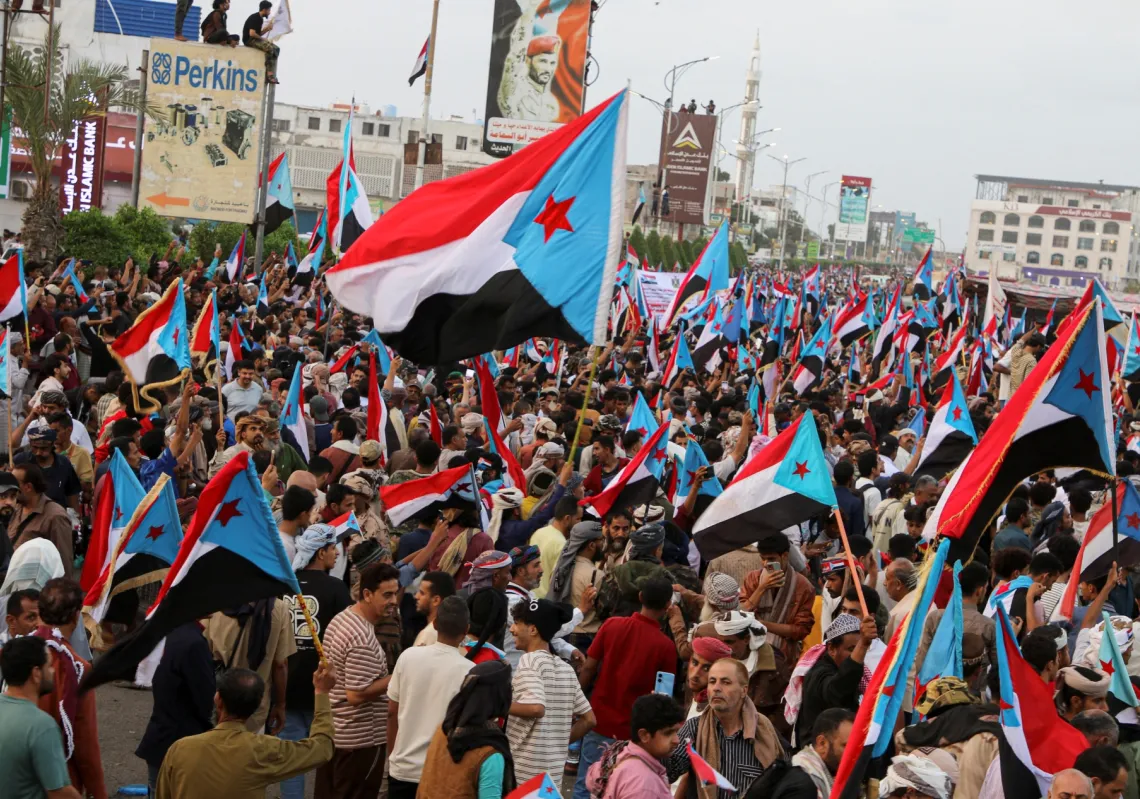News of a shock loss of over $70 billion at Banque Du Liban (the central bank) left the country reeling. The so-called “remedial procedures” adopted afterwards by BDL soon caused more concern.
And as plans designed to attract fresh dollar deposits into the country loom, it could all be about to get a lot worse for the country’s hard-pressed account holders and the nation.
First came a measure to stem the central bank’s loss simply by printing cash. The proposal was hit with scathing criticism from the International Monetary Fund. The head of the IMF delegation to Lebanon, responsible for developing a plan with the country to end its financial crisis, warned of the serious inflationary risks of the initial response.
IMF: Lebanon in 'very dangerous situation' with reforms stalled https://t.co/ltr76VmLvF pic.twitter.com/TNfx95nDJB
— Reuters (@Reuters) March 23, 2023
Second was a move to write off the state’s debt to the banking sector. A similar proposal was contained in the financial recovery plan of Prime Minister Najib Mikati’s government.
It also faced a strong backlash, prompting Mikati to back it up with a proposal to establish a sovereign fund including state assets, with part of the revenues allocated to replace account holders’ deposits lost in Lebanon’s banks.
In pictures: Lebanese depositors smash up, burn Beirut banks as pound hits new record low
Third came a policy that is still in force: the dissolution of deposits over time via various administrative measures, including a proposal to distinguish between qualified and non-qualified deposits, with deductions made from dollar accounts at controversial rates, under the pretext of usuary, or high interest that is punishable by law.
These measures include the forced conversion of dollar deposits into local currency, a process known as ‘liraisation’, after the alternative name for the Lebanese pound. The exchange rates used here are significantly lower than in the open market, imposing a loss of between 65% and 85% on the value of the deposits.














